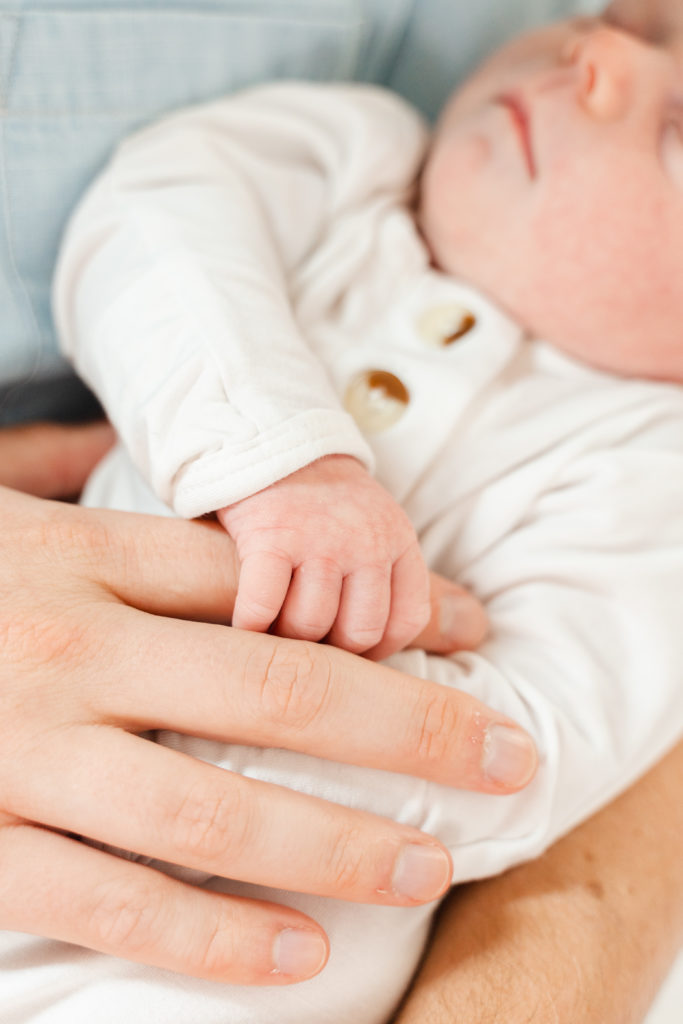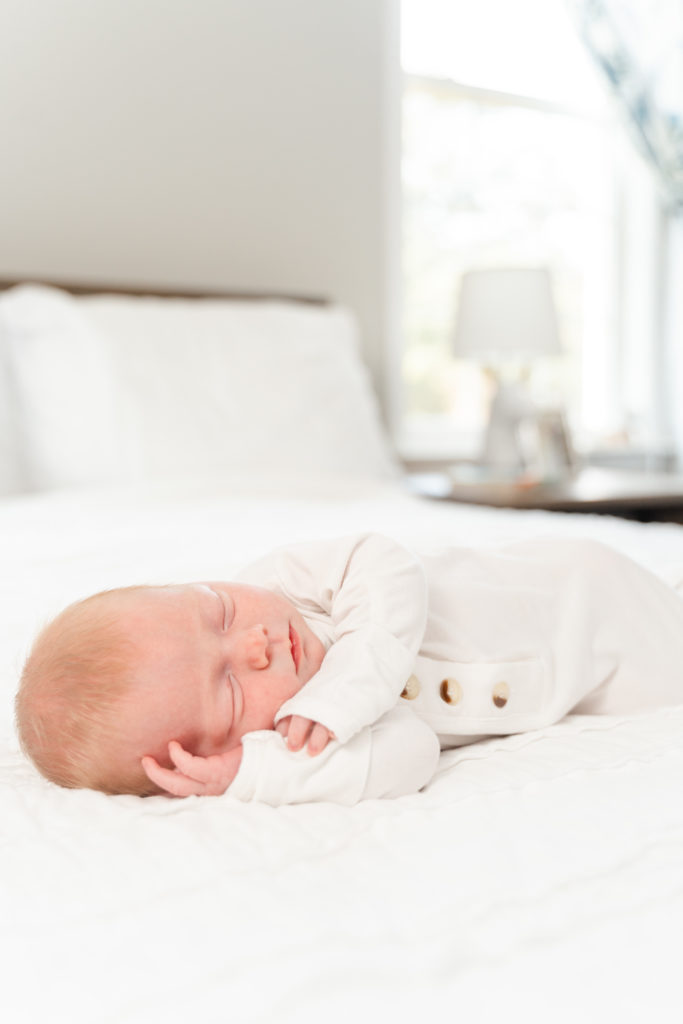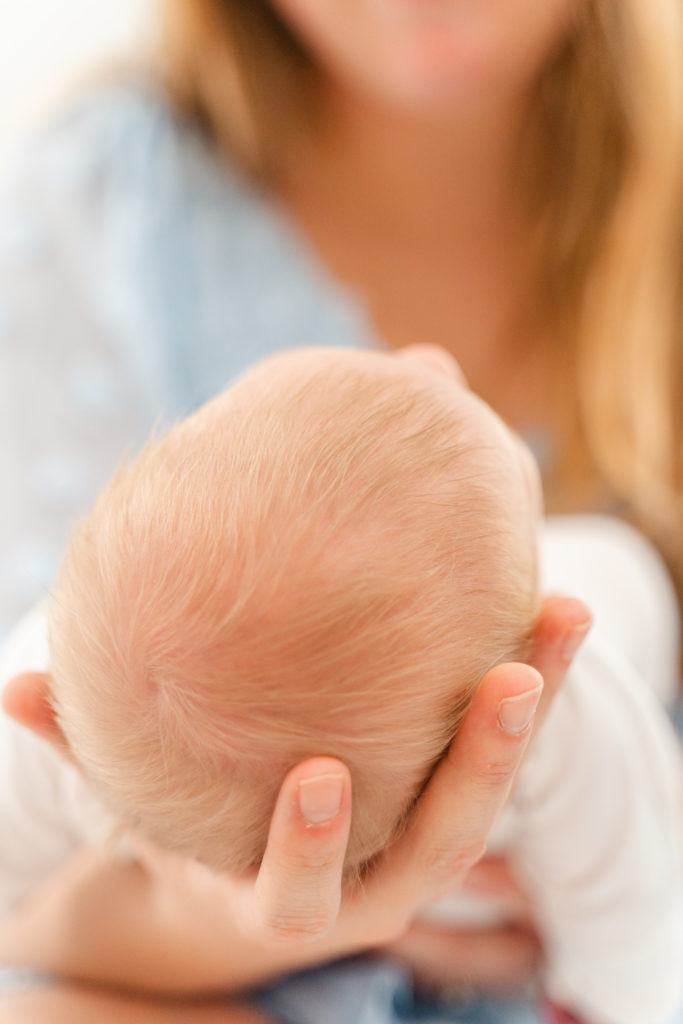In past post of this series No Fear Flash, I have explored how flash interacts with the basic exposure settings of aperture, shutter speed, and ISO. In my most recent post, I provided an introduction to flash power. This post will specifically provide an introduction to beginner’s off camera flash.
This post contains affiliate links.




Why Off Camera Flash?
Yes, I realize that in exercises in earlier posts, I recommended that you practice with on-camera flash. I recommended practicing this because I do think it’s helpful to know how to operate your flash in your camera hot shoe for the occasions you might need it and I wished to simplify your initial attempts at using flash. However, one of my biggest recommendations is that your default set up for in-home portrait sessions be off-camera flash. Off-camera flash is vital for achieving a natural light look.
Why do I recommend using off camera flash instead of on camera flash?
- Off camera flash allows for more control of the direction of the light. While I will go into techniques of “bouncing” and modifying flash in a future post, I think it’s helpful to know for now that a typically utilized technique for modifying on-camera flash involves turning the flash head behind you and bouncing the light off of a white ceiling or wall. While this technique may be the best option in some situations, this tends to result in flat light, that lacks the dimension of natural light.
- Off camera flash allows for consistent lighting from photo to photo. Your lighting will remain consistent no matter how much you move around the room. Remember how I mentioned in the post about flash power how moving the flash closer or further from the subject will affect your exposure? When the flash is in your camera’s hot shoe, each step you take affects the exposure of your subject. This can make for a real headache when editing if you want your photos to appear consistent throughout the session.
What do you need for beginner’s off camera flash?
In a future post, I will list all of the equipment and modifiers I use during a typical indoor lifestyle session. (Spoiler: I bring two flashes to my indoor sessions.) For now I will list the bare necessities. To get started with off camera flash (besides your camera and flash) you will need:
- A trigger. This will allow you to change the power of your flashes. (Here’s mine: https://amzn.to/37rCLvo)
- At least one tripod. My flash actually comes with a little removable stand that allows me to set it on level surfaces. However, I generally opt for using a tripod as this gives me the ability to place my flash anywhere in the room.
Your Homework
It’s time for you to practice your beginner’s off camera flash set up. For me, one of the biggest hurdles was feeling comfortable with setting up the flashes and getting them to trigger. All flash/trigger models are a little different, so I encourage you to pull out your equipment manual or watch some YouTube tutorials that are specific to your model. Generally when using off camera flash, you will need to put your flashes in “slave mode” and make sure that they are operating on the same channel as the trigger.
Once your flash is in sync with your trigger, it’s time for more test shots. Practice moving your flash around the room. Turn the flash head so that it hits a white ceiling or white walls if you have them. Turn you flash head towards a window in the room. Move your tripod closer and further way from the window. Make the flash power stronger and weaker. With each change you make, take note of how it affects the resulting photograph.
Want more education about beginner’s off camera flash delivered straight to your inbox? Subscribe below!
Be the first to comment